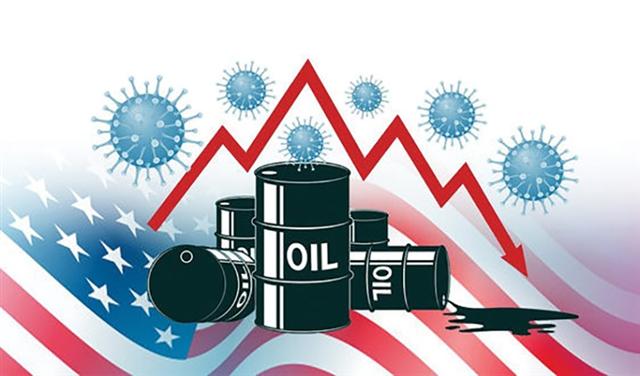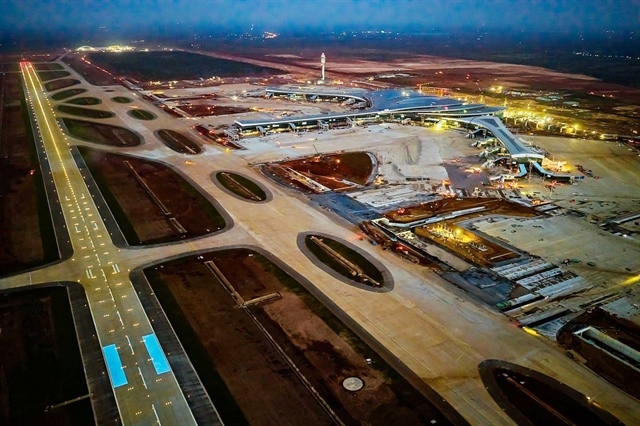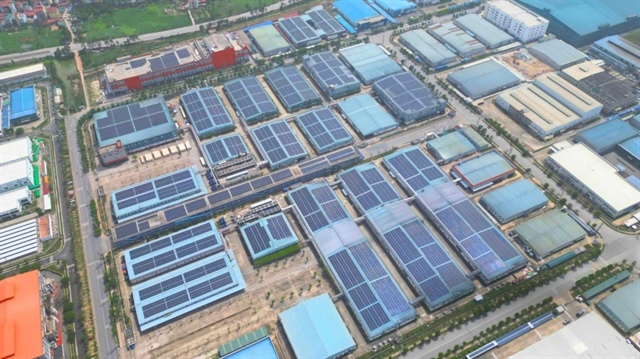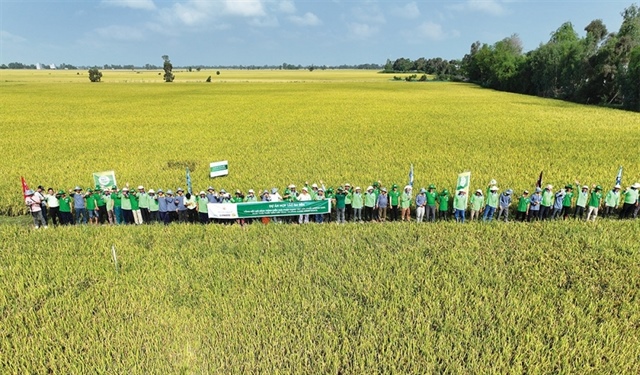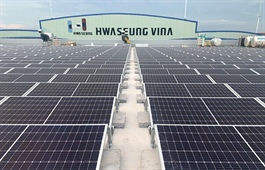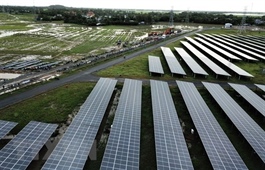PetroVietnam tireless amid adversity
PetroVietnam tireless amid adversity
Consistent with a solution package for overcoming the double crisis of decreasing demand and falling oil prices, Vietnam Oil and Gas Group achieved 7.76 million tonnes of oil and gas in the first eight months of this year, exceeding its plan by 8.2 per cent.
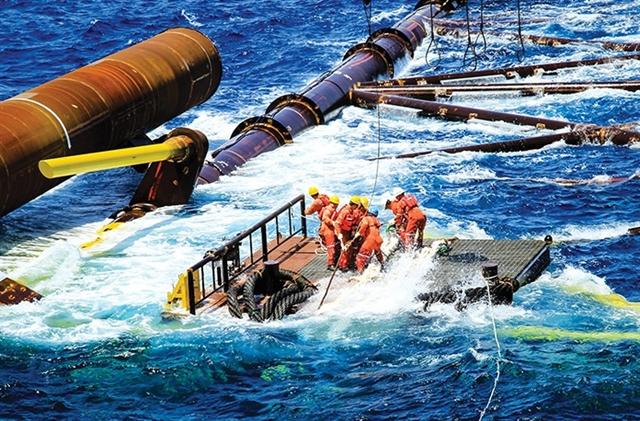
Despite mounting challenges PetroVietnam has managed to produce growth in the year so far
|
During the period, the group (PetroVietnam) has achieved after-tax profit of more than VND11 trillion ($487 million) and contributed more than VND45 trillion ($1.95 billion) to the state budget. It also has generated more than 14 billion kilowatt hours and 116,000 tonnes of fertiliser and produced more than 8.2 million tonnes of petroleum during the period.
The COVID-19 pandemic, tensions in US-China relations, inflation, government debt, and global natural disasters are all factors threatening economic activities and negatively affecting energy demand and crude oil flow, as well as energy companies. Giant oil and gas producers continuously reported serious losses in the first half of the year. However, with the governments’ efforts to support and stimulate the economy, prospects for global economic recovery in the remaining months of 2020 and into next year are receiving positive signals.
The reopening of major economies including the United States, the European Union, and Japan will help restart and heal global production and supply chains, along with supporting oil prices to recover, even though severe difficulties will take longer to resolve.
In the world market, the average Brent crude price in August was about $44.79 per barrel, up about 3 per cent compared to the average in July. Gas prices also increased from 2 to 3 per cent compared to the previous month on average.
|
The increasing trend of the crude oil market is projected to be maintained with signs of oil demand improvement. The Organization of Petroleum Exporting Countries plus (OPEC+) cut an additional production by 2.3 million barrels per day in August and September. The exploitation capacity in the US meanwhile remained at a low rate, at 10.7 million barrels per day.
In Vietnam, under the impact of the pandemic, most of the basic economic indicators of the economy have reached very low growth rates compared to recent years, and even indexes have been recorded at negative growth rates.
According to Moody Investors Services’ forecasts, with the oil prices kept at $45-65 per barrel and the OPEC+ member countries continuing to strictly comply with commitments to cut production for at least two years more, energy consumption demand will gradually keep up with the global economic recovery, depending on the outcome of the ongoing health crisis.
On the other hand, Moody’s expects that if an effective vaccine for COVID-19 is found that leads to a quick economic recovery, the oil price may exceed $65 per barrel in good time.
To cope with the rapid and fragile prospects, on the basis of assessing and forecasting economic recovery scenarios and maintaining the pace of production while ensuring planned targets, PetroVietnam has drastically deployed and synchronously implemented many solution packages.
After a gap due to the coronavirus lockdowns, the consumption of products of the group’s units has recovered again, partially compensating for revenue results.
Consumption of petrochemical products from key subsidiaries and affiliates such as Binh Son Refinery, PetroVietnam Oil Corporation, and Nghi Son Petroleum Products Distribution Branch has remained on good track throughout the summer.
Expecting that the global and domestic economic prospects will remain challenging and potential risks will continue to negatively affect the group, PetroVietnam will continue deploying the proposed plans of solution packages to mitigate the dual crisis of COVID-19 and crude oil price falls. Moreover, its units will continue to closely follow and effectively implement cost reductions, temporary halts, and stretching time payments for non-urgent costs in order to reduce product costs to the optimal level.


